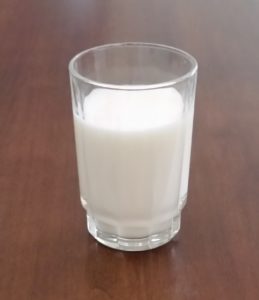More research on the benefits of exercise. From Medical Xpress:
An hour of moderate exercise a day may decrease heart failure risk
In a new study reported in the American Heart Association journal Circulation: Heart Failure, researchers say more than an hour of moderate or half an hour of vigorous exercise per day may lower your risk of heart failure by 46 percent. Heart failure is a common, disabling disease that accounts for about 2 percent of total healthcare costs in industrialized countries. Risk of death within five years of diagnosis is 30 percent to 50 percent, researchers said.
Swedish researchers studied 39,805 people 20-90 years old who didn't have heart failure when the study began in 1997. Researchers assessed their total- and leisure time activity at the beginning of the study and followed them to see how this was related to their subsequent risk of developing heart failure. They found that the more active a person, the lower their risk for heart failure.
From Medical Xpress:
Workers who exercise lower health risks, cost less
Get moving: just 20 minutes of exercise a day dramatically lowers the risk of diabetes and heart disease, even for employees with a high risk of developing those conditions.
A University of Michigan study looked at the impact of exercise on 4,345 employees in a financial services company that had just started a workplace wellness program. Roughly 30 percent of employees were high risk and suffering from metabolic syndrome, a dangerous cluster of risk factors associated with diabetes and heart disease. Overall, about 34 percent of U.S. adults have metabolic syndrome.
The study found that when the high-risk employees accumulated the government-recommended 150 minutes of moderate-intensity exercise a week, their health care costs and productivity equaled that of healthy employees who didn't exercise enough, said Alyssa Schultz, a researcher at the Health Management Research Center in the U-M School of Kinesiology.
"It was a real surprise, the level of protection physical activity gave to people with metabolic syndrome," Schultz said.
Research done in mice, but may apply to humans. From Science Daily:
How physical exercise protects the brain from stress-induced depression
Physical exercise has many beneficial effects on human health, including the protection from stress-induced depression. However, until now the mechanisms that mediate this protective effect have been unknown. In a new study in mice, researchers show that exercise training induces changes in skeletal muscle that can purge the blood of a substance that accumulates during stress, and is harmful to the brain.
"In neurobiological terms, we actually still don't know what depression is. Our study represents another piece in the puzzle, since we provide an explanation for the protective biochemical changes induced by physical exercise that prevent the brain from being damaged during stress," says Mia Lindskog, researcher at the Department of Neuroscience at Karolinska Institutet.

 Another study finding health benefits from eating dairy foods (vs not eating any dairy foods).
Another study finding health benefits from eating dairy foods (vs not eating any dairy foods). These results go against the medical advice we've been hearing for years (why am I not surprised?). The new advice: High-fat dairy yes, low-fat dairy no. I also think
These results go against the medical advice we've been hearing for years (why am I not surprised?). The new advice: High-fat dairy yes, low-fat dairy no. I also think